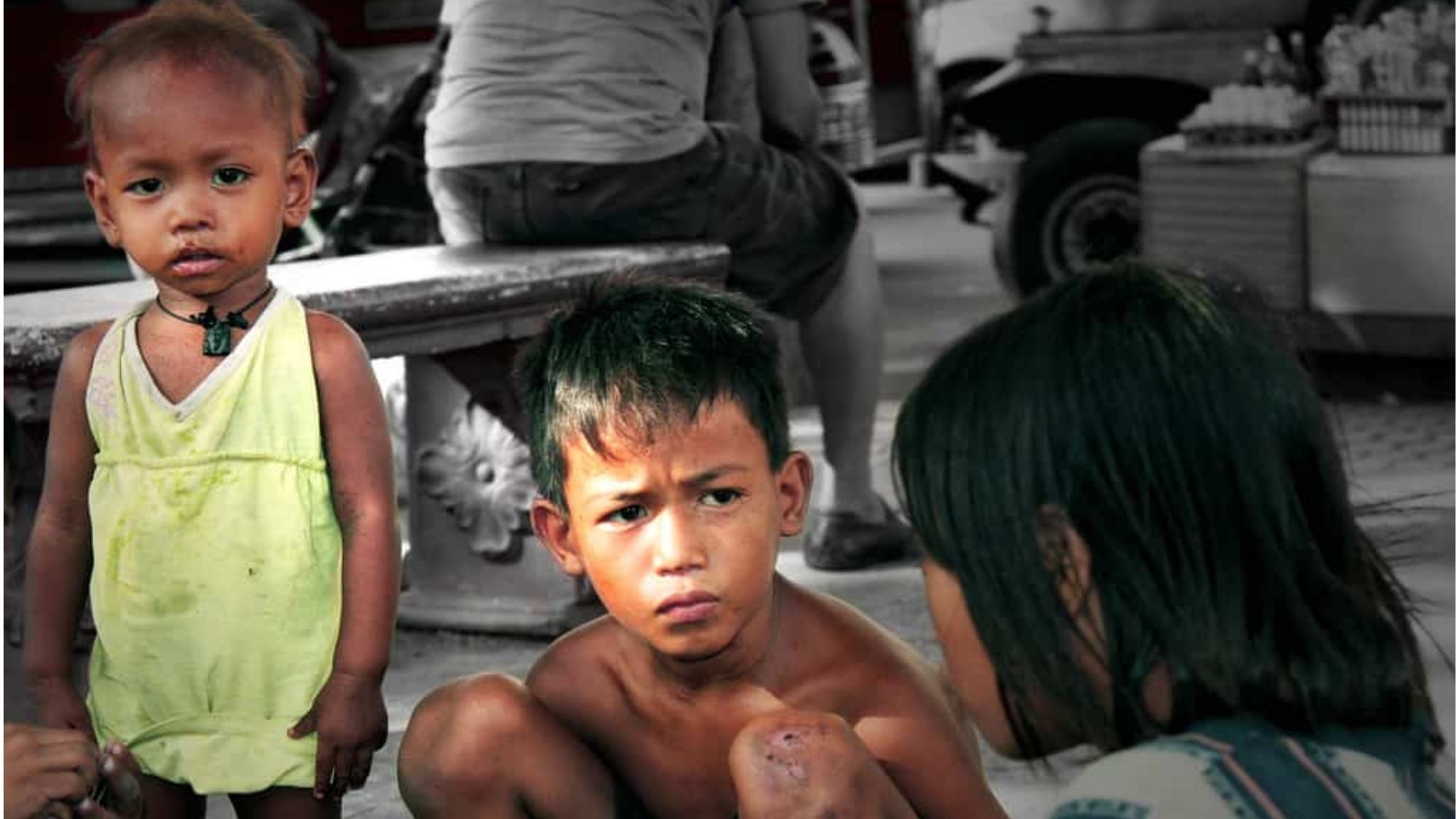The $ 200-million World Bank loan will support government initiatives in nutrition, adopting a multi sectoral approach to deliver coordinated packages of nutrition-specific and nutrition-sensitive interventions among LGUs.
The World Bank said 30% of Filipinos under 5 years old are stunted, with 19% underweight and 6% wasted, or experiencing severe weight loss due to illness or starvation.
THE government is seeking the help of the World Bank for a $200 million (P 9.73 billion) loan to improve nutrition programs in LGUs.
According to the document released by the multilateral bank, the project supports government initiatives in nutrition, adopting a multi sectoral approach to deliver coordinated packages of nutrition-specific and nutrition-sensitive interventions among LGUs.
The loan will be utilized under the project “Philippines Multisectoral Nutrition” that seeks to improve the country’s overall nutrition programs especially those designed for children’s growth and development.
The World Bank said 30% of Filipinos under 5 years old are stunted, with 19% underweight and 6% wasted, or experiencing severe weight loss due to illness or starvation.
Pressing problem
Children are evaluated through their height relative to age. They are considered stunted if the findings are below the population’s average as the body’s growth is slowed down due to the lack of nutrition.
While this has been a pressing problem for years, the social and economic impacts of the Covid-19 pandemic have made matters worse.
The continuation of the pandemic poses grave risks to the survival of young children as the rate of hunger increased.
Hunger rate
Currently, 30.7% of Filipino families are suffering from hunger, with 8.7% reportedly severe.
This is the highest hunger rate in 20 years, according to a September 2020 survey by the Social Weather Stations.
With more Filipino families hungry, more children will suffer from malnutrition and ultimately report poor performance in school and become less productive as adults.
Finding solutions to undernutrition in children should be prioritized by the government, considering that the country claimed to have experienced decades of economic growth and poverty reduction.
While this is the case, the growth did not trickle down to the poorest of the poor as evident in the way undernutrition continues to be a dangerous issue.
If the country does not address the problem, there would be a great loss in the country’s human and economic potential in the future.
The burden of the issue on the economy was valued at $4.4 billion or 1.5% of the country’s GDP in 2015.
With the new proposal, the capacity of LGUs to implement nutrition programs among Filipino children will be strengthened.
It would be easier for children to access health services, which is vital in ensuring they grow up to be healthy. (OM)
Tags: #WorldBank, #malnutrition#PhilippinesMultisectoralNutrition
